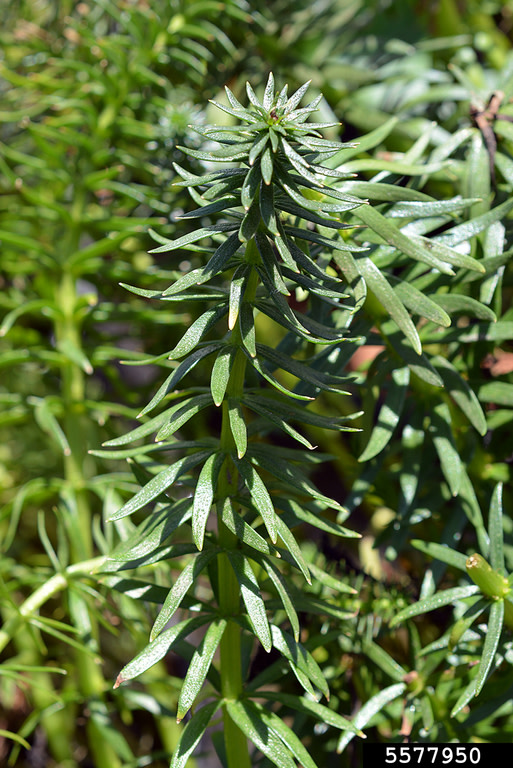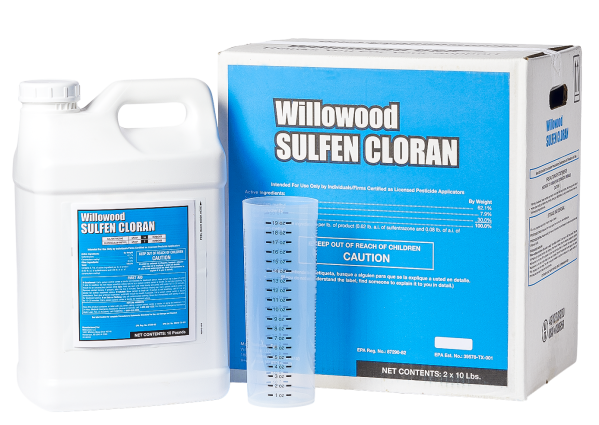How to Identify Marestail
Corn
Marestail typically towers between 1 to 6.5 feet, with an erect stem blanketed with fine hairs. The leaves are alternate, linear, and stretch up to 4 inches long. They also bear fine hairs and have smooth edges. The weed flaunts small white or light purple flowers at the stem's apex.
Marestail can be a winter or summer annual weed. The winter annuals germinate in the fall, overwinter as rosettes, and spring back to growth when winter subsides. The summer annuals sprout in the spring and grow throughout the summer.
Rapid growth and the presence of its distinctive flowers are significant Marestail indicators.
Soybeans
Marestail, a winter or summer annual weed, can grow up to 6.5 feet tall. Its unique rosette growth pattern in early stages, with leaves arranged in a circular pattern close to the ground, makes it identifiable. As it matures, it develops a single, erect stem covered with small, hairy leaves that are alternate, linear, and range from smooth to coarsely toothed.
The weed produces small, white flowers at the stem's top, typically blooming from July to October. Marestail seeds are small, equipped with a pappus of white bristles that facilitate wind dispersal.
(Image Credit: Shaun Winterton, Aquarium and Pond Plants of the World, Edition 3, USDA APHIS PPQ, Bugwood.org)


